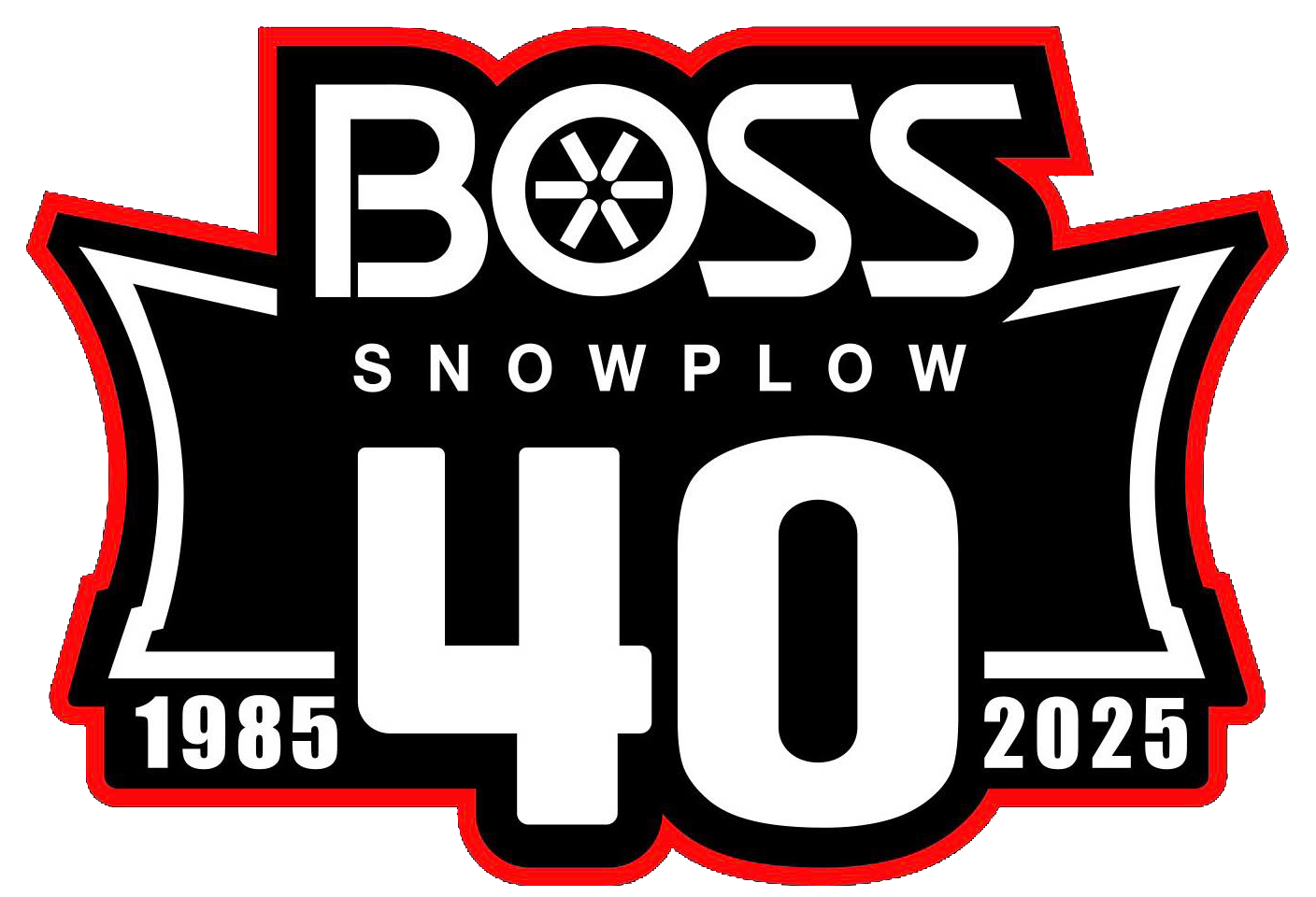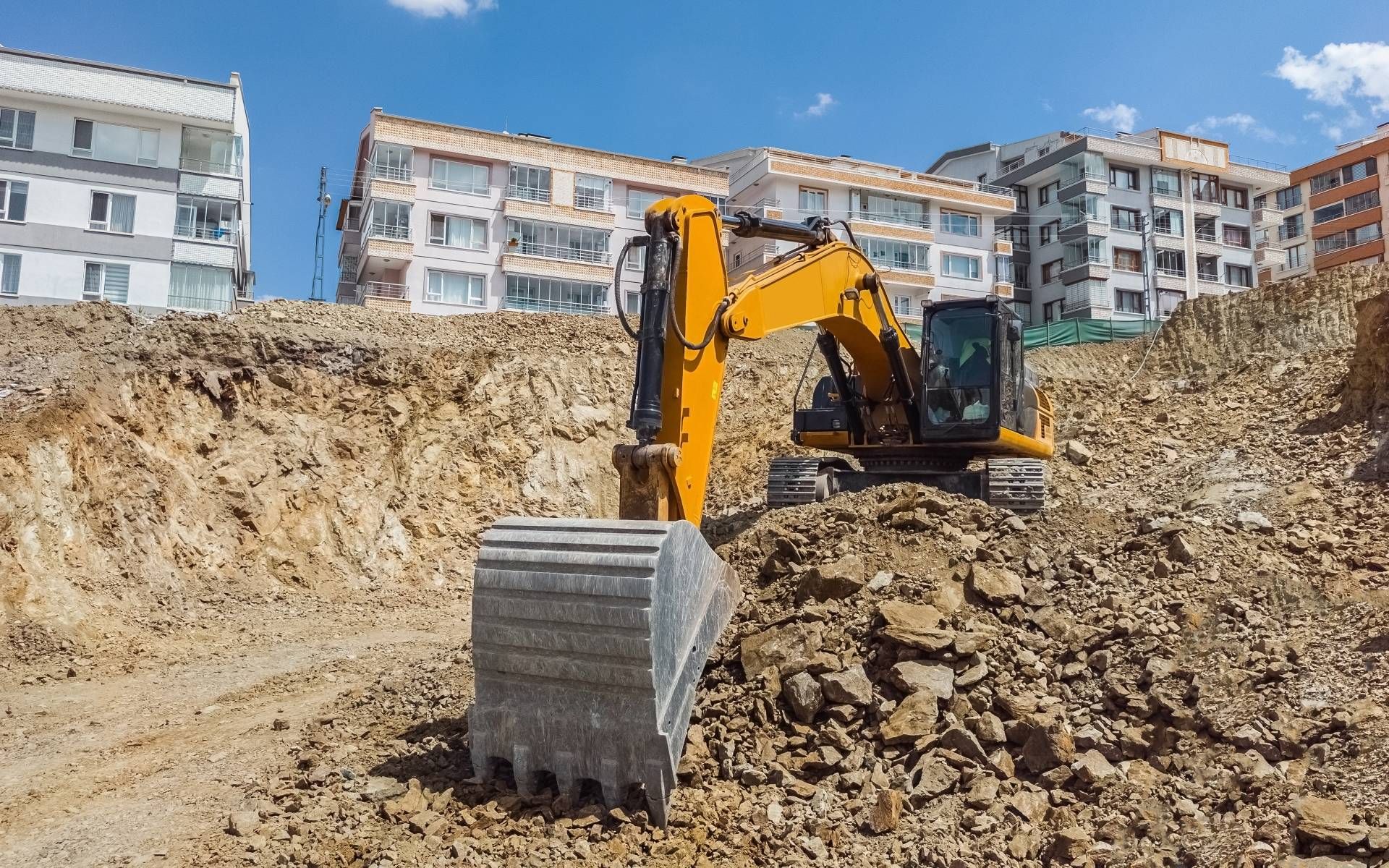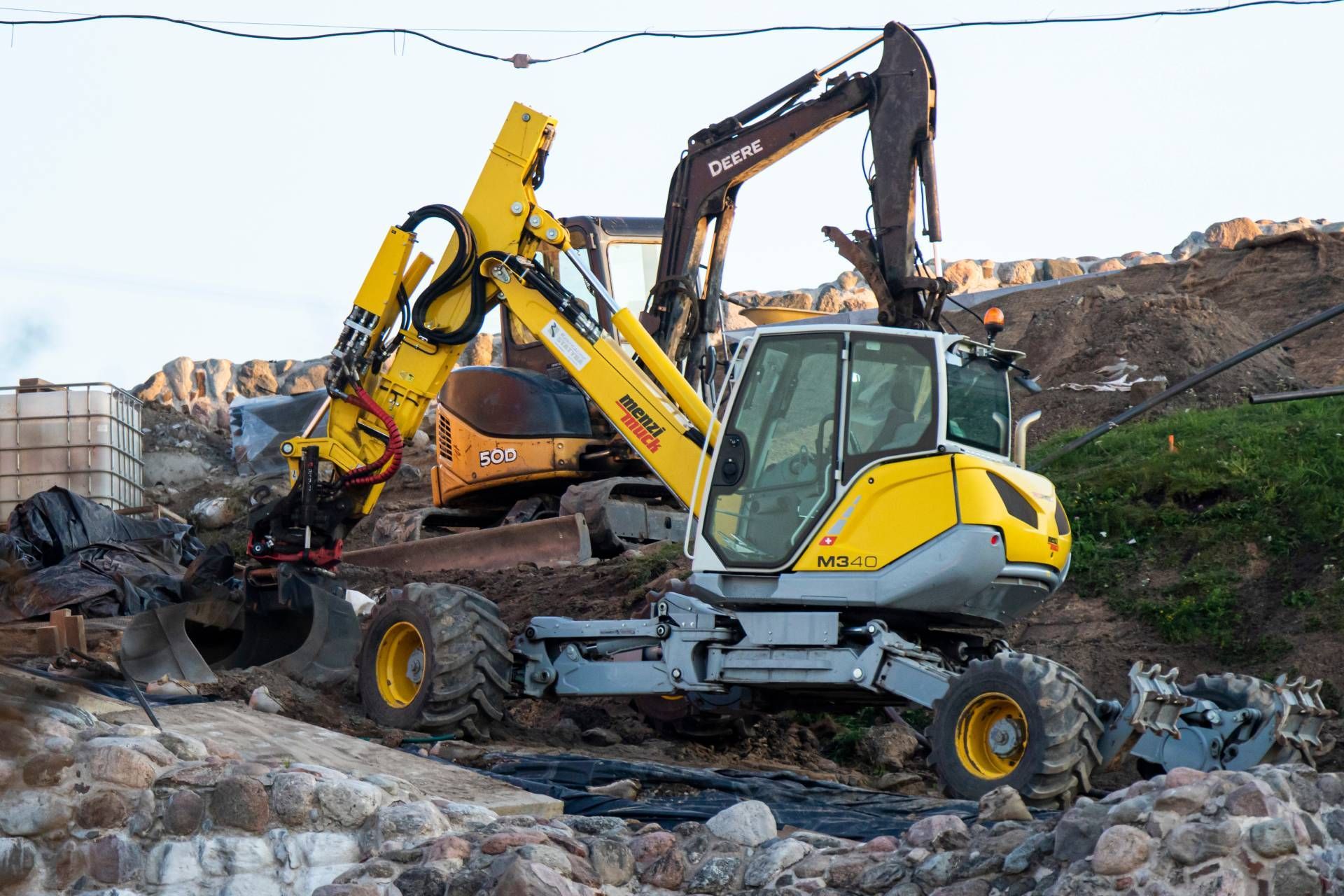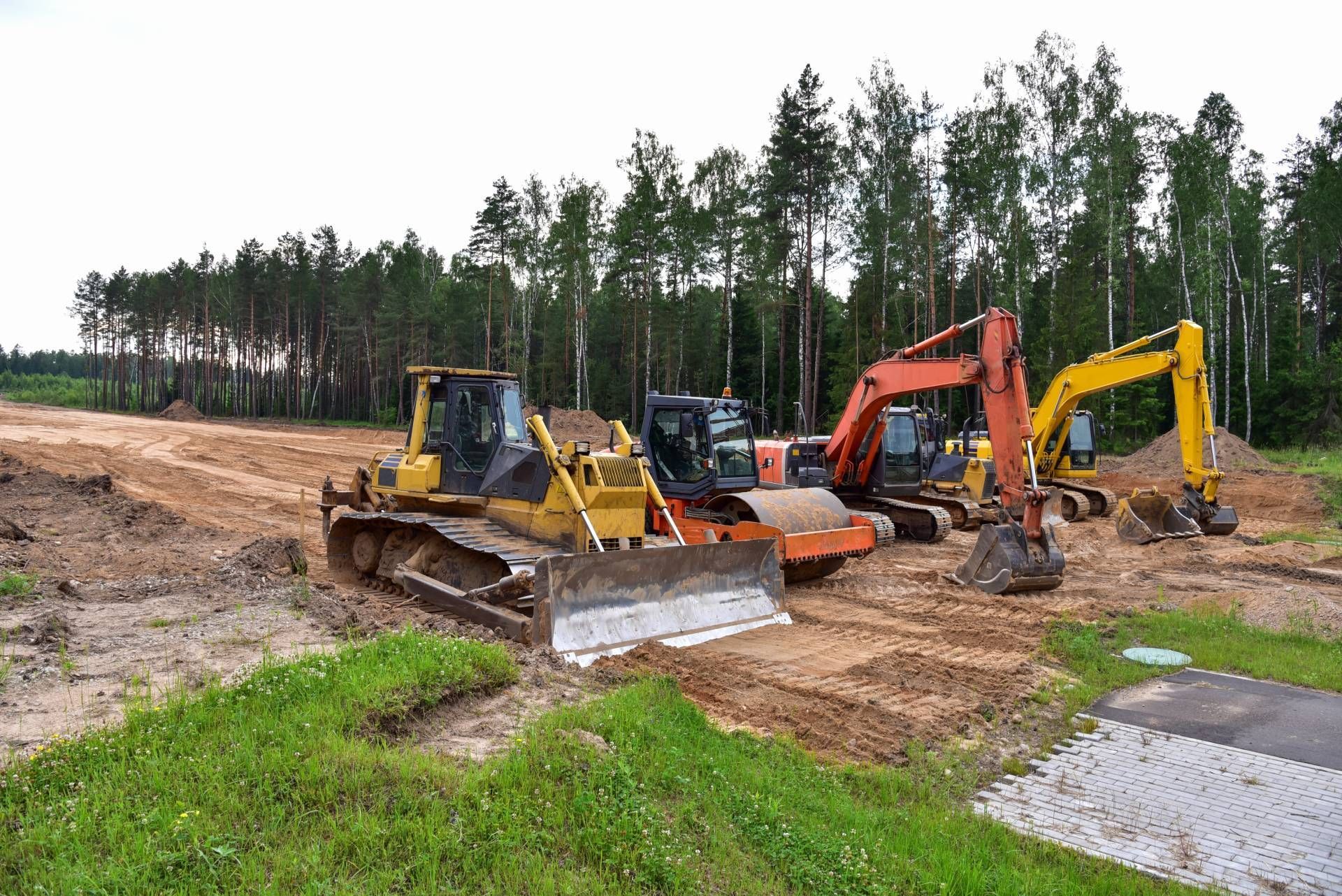Earthmoving & Sitework Rentals in Newport, MN
Skid Steers & Compact Track Loaders for Real-World Sites
Versatile Loading and Grading
Skid steers and compact track loaders handle the everyday earthmoving that makes a project move—loading spoils, grading drive lanes, and backfilling utilities. Choose wheeled skid steers for firm surfaces and rapid travel between work zones; pick compact track loaders when you need traction on soft lawns, clay, or freshly placed base.
Right-Sizing the Machine
Machine size is matched to the space you have and the material you plan to move. Smaller frames squeeze between garages and side yards while still lifting palletized block or sod. Mid- and large-frame units support heavier buckets, grapples, and dozer blades so you can push, carry, and fine-grade without stalling.
Ground Care and Surface Protection
Track machines spread weight and reduce rutting on lawns and subgrade. If you must work on finished asphalt or pavers, ask about edge and surface protection so bucket corners and tracks don’t mark the surface during turns.
Mini Excavators & Trenching Solutions
Digging for Utilities and Footings
Mini excavators provide precise trenching for water, electrical, drainage, and shallow footings. Zero- or short-tail-swing models keep counterweights inside narrow work areas, and expandable undercarriages improve stability when you swing heavy spoils or work beside foundations.
Typical Depth and Reach Planning
Compact minis commonly handle service trenches and landscape footings; mid-size minis extend reach and lift for deeper utilities or pier holes. When planning, consider trench width for pipe bedding and safe side slopes rather than the pipe diameter alone. A few extra inches in plan can save time on compaction and backfill.
Walk-Behind and Ride-On Trenchers
For straight utility runs across yards or medians, a dedicated trencher can be faster than a mini. Chain, tooth, and boom choices depend on soil and aggregate content; depth settings are calibrated so you can maintain a consistent invert without over-excavating.
Call Before You Dig
Utility locates are required prior to excavation. In Minnesota, contact the state one-call system before you dig and keep marks visible throughout the rental period. If your layout changes mid-project, request updated locates so new runs are covered.
Compaction, Base Prep & Finish Grading
Rammers and Plate Compactors
Rammers consolidate trench backfill around utilities and set lifts in tight spaces. Forward and reversible plate compactors cover wider paths for base under patios, walks, and small slabs. Match compactor type to the soil: cohesive soils respond to rammers; granular base compacts efficiently under plates.
Walk-Behind Rollers and Smooth Finish
Where larger patios or drive lanes are planned, a walk-behind roller speeds production and delivers uniform density. After compaction, a skid steer with a smooth bucket edge or land plane brings the surface to final grade without ripples.
Laser and Layout Aids
Grade lasers, story poles, and receivers help you hit slope targets for drainage swales, driveways, and slab pads. A small adjustment at subgrade prevents later rework at pavers or concrete, so stake benchmarks and confirm elevations before you lock in base depth.
Attachments That Match the Task
Buckets for Digging, Carrying, and Finish Work
General-purpose buckets move soil and rock; tooth buckets cut into hardpan; 4-in-1 and grapple buckets handle demolition and brush without multiple trips. A smooth-edge bucket makes final passes easier on base and topsoil.
Augers, Trenchers & Earth Drills
Augers speed fence posts, deck footings, and tree planting. Select bit diameter for the post or sonotube size plus clearance for backfill or concrete. For utility laterals that must maintain a steady grade across a yard, pair a mini excavator with a trencher or slope-indicating laser.
Breakers, Brush Mowers & Specialty Heads
Hydraulic breakers open small sections of slab or curb where saw cutting isn’t practical. Brush mower heads tame overgrowth before grading. Power rakes and box blades recondition compacted topsoil and spread amendments for new turf.
Quick Couplers and Hydraulic Flow
If your plan involves multiple attachments, ask for a quick-coupler system and confirm standard-flow versus high-flow requirements. Matching flow ensures attachments run at proper speed and torque, eliminating stall-outs and overheating.
Delivery, Setup & Jobsite Conditions in Newport, MN
Access, Slopes & Ground Bearing
Measure gates, tree clearances, and turning radii from the street to the dig area. Note slopes that affect stability and spoil placement. If you expect soft ground, schedule mats or track machines so access remains open after a rain.
Hauling, Trailers & Tie-Downs
Many compact machines require a tandem-axle trailer and appropriate tow rating. If your vehicle or hitch is not set up for the load, schedule delivery and pickup in Newport and nearby neighborhoods. Secure loads with rated chains and binders, and confirm ramp capacity before driving a machine onto a trailer.
Fuel, Fluids & Daily Checks
Engines and hydraulics work best with simple daily checks—fluid levels, track or tire condition, attachment pins, and safety interlocks. Plan fueling for the end of the day so morning starts are clean and you’re not running low mid-dig.
Weather, Winter & Freeze-Thaw
Wet soils, freeze depth, and spring thaw change how material moves and compacts. In wet conditions, shorten trench runs and place spoils on geotextile or plywood so fines don’t mix with topsoil. During shoulder seasons, protect open trenches and mark transitions where frost heave can create height differences.
Planning, Safety & Close-Out
Site Layout and Sequence
Lay out the sequence so excavation, utility placement, inspection, backfill, and compaction occur while access is open. Keep spoil piles clear of trench edges and sidewalks, and plan crossings for pedestrians and deliveries.
Trench Protection and Safe Entry
Depth, soil type, and run length determine when shoring, shielding, or benching is required. Designate a competent person for trench safety and keep ladders within reach where entry is necessary. If trench boxes or larger protection systems are needed, coordinate availability before you start.
Surface Restoration & Final Grade
Backfill and compact in lifts that match your compactor. After density is met, restore topsoil and set finish grade to drain away from structures. For hardscape work, confirm base thickness and edge restraints; for lawn restoration, schedule a light roller pass and watering plan.
Cleaning, Damage Notes & Returns
At project wrap-up, remove debris from machine decks and attachment housings, inspect teeth and blades, and report any wear or damage at return. Clean couplers and cap hydraulic lines so the next setup connects without contamination.
Contact Us Today!
South Suburban Rental equips Newport, MN projects with earthmoving machines, compaction tools, and the attachments that make sitework efficient and predictable. Share your trench depths, access limits, and finish-grade targets, and we’ll match a machine-and-attachment set that fits your site, schedule, and surface conditions from the first dig to final rake.




